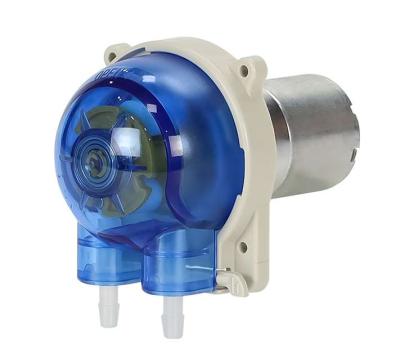Categories
Tags
-
#Peristaltic Pumps
#Micro Peristaltic Pump
#Peristaltic Pump Head
#Straight Tubeline Peristaltic Pumps
#Peristaltic Pump Tube
#Peristaltic Pump
#Cummins Engine
#Silicone Tube for Peristaltic Pump
#Why Multichannel Peristaltic Pumps Are Essential for Laboratory Automation
#Technologies For Jewelry
#Silicone Tubing Peristaltic Pumps
#OEM Peristaltic Pumps
#Silicone Tube for Your Peristaltic Pump
#Handheld Sampling Pump
#The Benefits of Using Peristaltic Pumps in Food and Beverage Applications
#Medical Grade Silicone Tubing
#Large Peristaltic Pumps
#Cummins Engine Cylinder Head
#Industrial Peristaltic Pump
#Low Flow Peristaltic Pumps
#Peristaltic Pump Motor
#Industrial Peristaltic Pumps
#Peristaltic Pumps in Industrial Washing
#3D Printed Peristaltic Pump
#Peristaltic Pump Silicone Tube
#Multichannel Peristaltic Pump
Archives
Understanding Peristaltic Pump Cost: What Factors Matter?
-
Understanding Peristaltic Pump Cost: What Factors Matter?
When considering a fluid transfer solution, many buyers ask the same question: What is the cost of a peristaltic pump? The answer isn’t one-size-fits-all. The cost of a peristaltic pump depends on several factors, including size, materials, application, and design complexity.
Key Factors That Influence Peristaltic Pump Cost
Pump Size and Flow Rate
Larger pumps designed for industrial flow rates naturally cost more than compact models used for laboratory or OEM integration.Tubing Material
The tubing is a critical component and must be chemically compatible with the fluid being pumped. High-grade tubing (e.g., for pharmaceutical or food use) adds to the overall cost.Motor Type
Peristaltic pumps can use stepper motors, DC motors, or AC motors. Advanced motor types with precise speed control or feedback systems increase the cost.Application-Specific Features
Pumps used in sterile or high-precision applications (like medical devices or beverage dispensing) may require additional customization or certifications, impacting price.OEM vs Standalone Models
OEM peristaltic pumps, which are integrated into other equipment, are often more affordable per unit, especially in bulk. Standalone pumps with digital interfaces and housings cost more.Typical Price Range
l Mini OEM Peristaltic Pumps: $30–$150 (depending on features and volume)
l Laboratory Peristaltic Pumps: $200–$1,000+
l Industrial Peristaltic Pumps: $1,000–$10,000+
Conclusion
Peristaltic pump cost varies widely based on application, quality, and customization needs. While initial prices may seem higher than some alternatives, their long-term reliability, low maintenance, and clean operation often make them a cost-effective choice.
